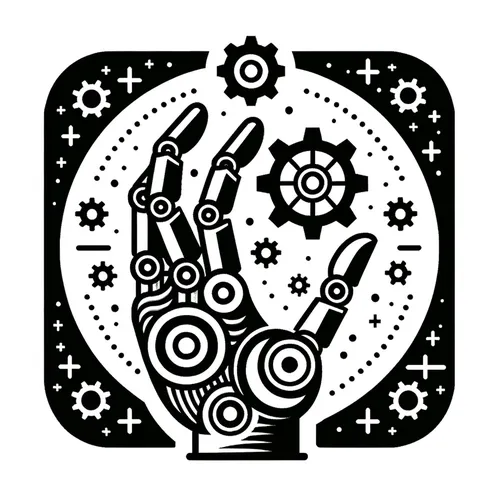Robots Rocking 2025: ABB's Heavy Lifters, Ati's SHERPA Superstars, and Cobot Cash Surge!
- Author
- Quiet. Please
- Published
- Sat 26 Jul 2025
- Episode Link
- https://www.spreaker.com/episode/robots-rocking-2025-abb-s-heavy-lifters-ati-s-sherpa-superstars-and-cobot-cash-surge--67126202
This is you Robotics Industry Insider: AI & Automation News podcast.
The robotics industry is entering a pivotal phase as artificial intelligence and advanced automation technologies reshape factories, warehouses, and supply chains worldwide. June and July 2025 have been particularly eventful, with breakneck breakthroughs and strategic moves redefining both the technical and business landscape. At Automatica 2025 in Munich, ABB Robotics took center stage by launching its new lineup of heavy-duty industrial arms—the IRB 6730S, 6750S, and the press-tending IRB 6760. These systems feature expanded payload capacities up to 350 kilograms and advanced vision-enabled autonomy, enabling them to rapidly switch between tasks in dense, high-output environments like automotive body shops and injection molding operations. ABB also introduced the Flexley Mover P603, a compact autonomous vehicle guided by visual simultaneous localization and mapping, capable of transporting loads of 1500 kilograms with millimeter precision, opening the door for fully automated factory logistics. ABB Robotics president Marc Segura stated that 2025 marks the era of versatile, multipurpose robots able to adapt dynamically to real-world manufacturing conditions.
Elsewhere, Ati Motors grabbed headlines with its Product Day 2025 event by unveiling the new SHERPA 10K and SHERPA MECHA autonomous mobile robots. These next-generation robots cement Ati’s role as a leader in industrial mobility, now approaching one million autonomous missions annually across some of the world’s most demanding manufacturing settings in Asia, North America, and Latin America. CEO Saurabh Chandra highlighted the accomplishment as proof that advanced engineering, deep learning, and rugged design can deliver reliable autonomy at industrial scale.
Collaborative robots, known as cobots, are now the fastest-growing segment of the automation market. According to IDTechEx, the global cobot market is projected to surge from just over one billion dollars in 2023 to nearly thirty billion dollars by 2035, reflecting a compounded annual growth rate of more than thirty percent. Automotive manufacturers like BMW and Ford have reported reductions of up to twenty percent in production cycle times and fifteen percent in operational costs by integrating cobots on their assembly lines, pointing to tangible benefits and rapid returns on investment.
Market data underscores these trends. The global industrial automation sector is valued at just over two hundred billion dollars in 2025 and is forecast to double by 2033, propelled by relentless demand for efficiency and consistency, as well as a need to address skills shortages and rising labor costs. Asia-Pacific leads in automation revenues, while North America dominates financial process automation. With more than sixty percent of companies adopting some level of automation, organizations are reporting productivity gains, reduced downtime, and an average twenty-two percent cut in operational costs.
Listeners tracking industrial robotics and automation should prioritize evaluating flexible robotics platforms that integrate seamlessly with existing workflows, invest in upskilling teams for safe human-machine collaboration, and monitor emerging government funding and incentive programs supporting automation projects. Looking ahead, as governments tighten regulations and inject new funding into robotics research, and as AI-driven systems become even more adaptive, automation will only accelerate. The robotics revolution now underway promises sweeping transformations across manufacturing, logistics, and beyond—bringing greater agility, precision, and resilience to nearly every sector.
Thank you for tuning in to Robotics Industry Insider: AI and Automation News. Come back next week for another deep dive into breakthrough technologies and market strategies. This has been a Quiet Please production....
